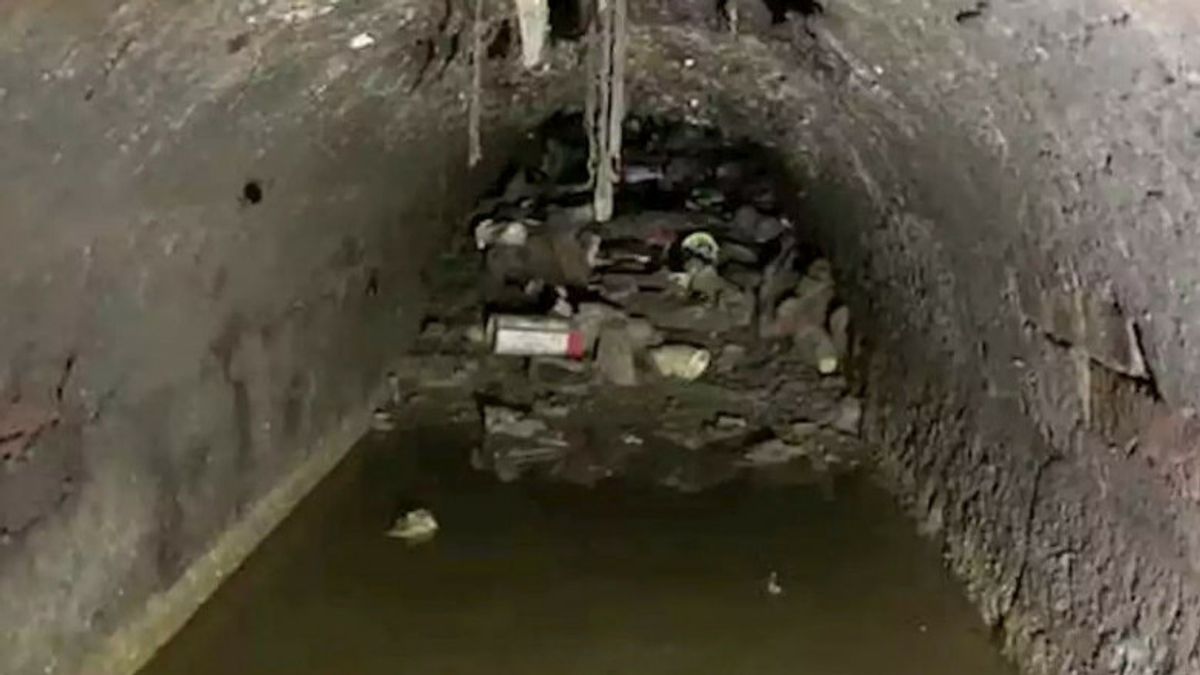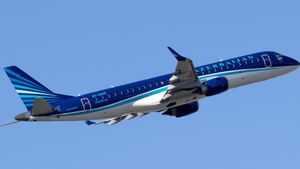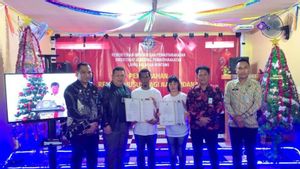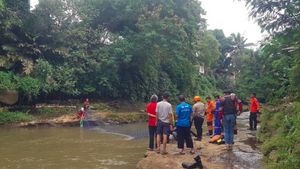BOGOR - The City Government of Bogor City invited IPB University and Pakuan University (Unpak) Bogor to examine the discovery of ancient waterways on Jalan Nyi Raja Permas, Bogor City, allegedly built during the Dutch colonial era.
Bogor Mayor Bima Arya Sugiarto said the ancient aqueduct was found when repair work was carried out in the irrigation canal around the land area being built by the Bogor City Square.
According to Bima, based on the results of checking officers from the Public Works and Spatial Planning Service (PUPR), the water channel with a depth of about three meters is suspected to be infrastructure built during the Dutch colonial era.
Because the location of the discovery of the ancient aqueduct is parallel to the Bogor Station building, which is written in 1881. Bima Arya stated that he would invite IPB University and Pakuan Bogor University to further investigate the discovery of the waterway.
"After checking documents at the relevant offices, there is indeed a map of the underground aqueduct that was built during the Dutch era," he said, quoted by Antara, Tuesday, August 31.
According to Bima Arya, further research is needed to ensure the function of the water channel, whether it is only as a water channel or has other functions.
"I have communicated with IPB University and Unpak (Pakuan University), to detect the width and length of the waterways using supporting tools," he said.
Bima Arya said, by researching further, it was possible to find out whether the ancient waterways were still possible to be revitalized and reused.
Bima Arya also said that the City of Bogor in 2016 had already made a master plan for drainage and the repairs were carried out in stages. With the discovery of these ancient waterways, it must be adjusted to the Bogor City drainage master plan.
The location of the discovery of the ancient aqueduct, on Jalan Nyi Raja Permas, is included in the area where the aqueduct will be arranged for the construction of the Alun Alun, the Great Mosque, and the development of the Bogor Station.
"So, automatically the drainage must be neat. I want the sediment to be dug and dredged gradually to what extent. Can it be used again," he said.
Bima Arya, who visited the location of the discovery of the underground water fountain on Jalan Nyi Raja Permas, on Saturday, August 28, had time to go down using an aluminum ladder and saw the tunnel, but it was partially covered by water.
He checked the sedimentation with a crowbar, and stated that there was about 80 cm of soil and mud deposits. The ancient aqueduct was about three meters from the current ground level.
Bima Arya said the structure of the underground aqueduct that was found was similar to ancient water found in Sukabumi, Bekasi and Klaten.
The English, Chinese, Japanese, Arabic, and French versions are automatically generated by the AI. So there may still be inaccuracies in translating, please always see Indonesian as our main language. (system supported by DigitalSiber.id)













